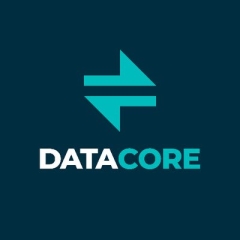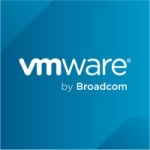What is our primary use case?
I'm working on a San Symphony Infrastructure. I use it for my company, and this is also what we install for our clients.
All of the clients have to do maintenance operations during business hours, and they have to schedule it never to disturb their users. Thanks to San Symphony, they can do whatever they want, whenever they want.
I really like to dissociate virtual volumes from any virtual machines. It allows you to manage granularly the storage of your virtual machines. I separated VMs and files on different volumes in my case
How has it helped my organization?
Before using San Symphony, I had to work late to improve my IT infrastructure. Now, I can do it at any time of day.
We also won on availability. When one of the servers crashes, there is no effect on our production. It rarely happens, but we would have been out of production with our previous infrastructure.
We do things differently now. We use our backup solution to backup storage rather than to backup machines, and I find it has less impact on the performance of our virtual infrastructure.
What is most valuable?
I really like the Rollback option, which is like a video of my storage. The benefit is for administrators because they can return at a single previous point, as precisely as they want.
I also find that the support team is a real quality of the Datacore SanSymphony environment. Opening a case is very simple, and the answers of support are always detailed with precision.
The dashboard is very intuitive, and there are a lot of counters to diagnose what happens during a short period (like when a backup is in progress).
What needs improvement?
The product can be improved by making better filters to search event logs. When everybody shows the last event at the top of their board, San Symphony does it at the bottom, and sometimes, we don't see an alert that needs to be checked.
The service is still available every day and at every time of the day, but only in English. For customers or technicians that don't speak and understand English, it could be great to have other languages support, all the more so given the number of countries in which SanSymphony is used.
For how long have I used the solution?
I've used the solution for six months.
What do I think about the stability of the solution?
I have never heard one of my customers complain about the stability of San Symphony.
What do I think about the scalability of the solution?
I knew about San Symphony six months ago, and this is the second update that I can see. Developers are working in line with what customers are asking for.
How are customer service and support?
Every time I needed support, they gave me a solution.
How would you rate customer service and support?
Which solution did I use previously and why did I switch?
I did not use a different solution previously.
How was the initial setup?
The initial setup is very simple. There are documents to send to Datacore Support, and these were a little bit difficult to fill.
What about the implementation team?
We are the vendor team, so for our use, we did it ourselves
What was our ROI?
The ROI is difficult to estimate.
Which other solutions did I evaluate?
I did not evaluate other options; my company already has a partnership with Datacore.
Which deployment model are you using for this solution?
On-premises
Disclosure: My company has a business relationship with this vendor other than being a customer. My company is a partner of the vendor. We install for our client this solution.




















